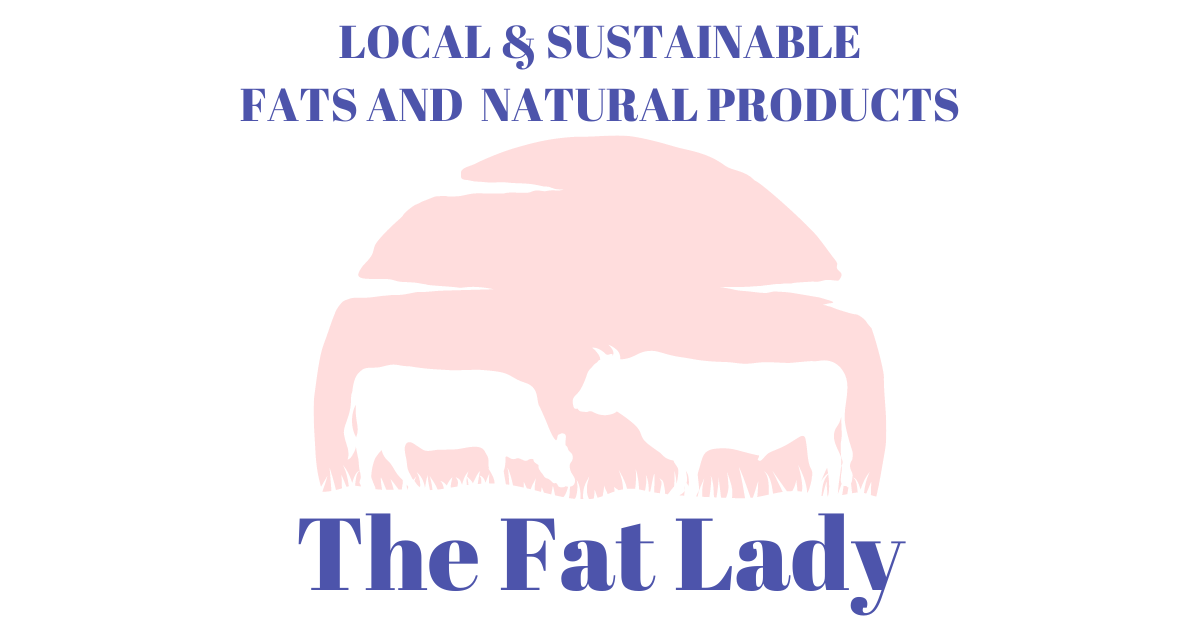
When it comes to choosing the best natural fat for glowing skin and nourishing food, two contenders stand out: grass-fed tallow and Wagyu tallow. Both are animal fats with unique profiles, but if you're looking for clean nutrition, sustainable sourcing, and skin-loving benefits, one of these fats edges out the other in more ways than one. Spoiler alert: grass-fed tallow isn't just the underdog—it's the champion.
What Exactly Is Tallow?
Tallow is a form of rendered beef fat, traditionally made by slow-cooking suet (the prized kidney fat) to extract its nourishing oils. It was once a staple in kitchens and apothecaries around the world. Today, it's making a major comeback in natural skincare, ancestral nutrition, and sustainable wellness. But let's break down what makes each version unique.
Grass-Fed Tallow: Nature's Multitasker
Derived from cattle raised on open pastures, grass-fed tallow is nutrient-dense and remarkably versatile.
Why it's a winner:
Rich in Vitamins A, D, E & K – These fat-soluble nutrients are essential for skin repair, hormone regulation, and immune support.
Balanced Fatty Acids – The omega-3s and CLA (conjugated linoleic acid) in grass-fed tallow help fight inflammation—internally and externally.
Clean and Sustainable – From regenerative grazing to chemical-free rendering, it's the gold standard for eco-conscious wellness.
In the kitchen: Its high smoke point and neutral flavor make it a dream for sautéing, roasting, and frying—without the oxidized fats or synthetic additives found in seed oils.
On the skin: Its profile closely matches human sebum, helping restore the skin barrier, lock in moisture, and soothe sensitivities without clogging pores.
Wagyu Tallow: Gourmet, But Is It Good for You?
Wagyu beef is famous for its rich marbling and melt-in-your-mouth texture. It's tallow? Luxurious, yes—but not necessarily the healthiest or cleanest option since most Wagyu cattle are fed on grains and other supplements.
Why it may fall short:
Higher in Monounsaturated Fat – Great for flavor, but lacking the diversity of fat-soluble vitamins and essential fatty acids found in grass-fed suet.
Grain-Fed Origins – Most Wagyu cattle are raised on a high-calorie feed regimen, resulting in fat that's less nutrient-rich and often tied to less sustainable practices.
Less Stable in Skincare – The fatty profile of Wagyu tallow may oxidize more quickly, potentially compromising its skin compatibility and shelf life.
Sure, Wagyu tallow has its place in high-end kitchens, but it leans toward "indulgence" rather than "everyday nourishment."
Final Thoughts: Grass-Fed for the Win
If you're looking for a fat that checks every box—clean eating, natural skincare, and environmental stewardship—grass-fed tallow stands tall. It delivers potent nutrition and skincare benefits straight from the pasture, not a feedlot.
So whether you're searing veggies or whipping up a nourishing balm, grass-fed tallow is your go-to for glow, flavor, and peace of mind.
Keep in mind that Wagyu cattle is a specific breed; if it's grass-fed, it’s a great option too!

